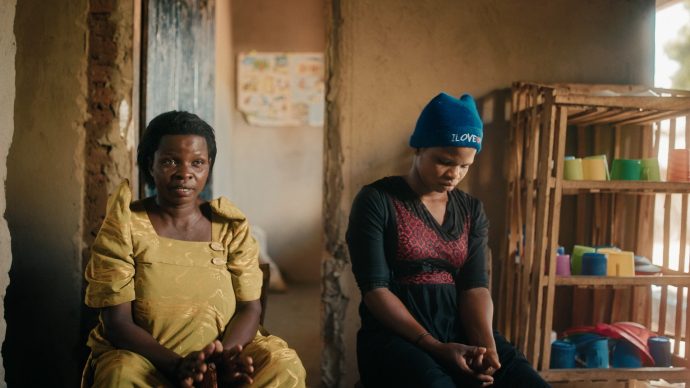Der knytter sig store forhåbninger til Burmas fremtid efter det første frie valg i årtier, søndag d. 1. april. Men netop det faktum, at Burma i et halvt århundrede har haft militærstyre gør, at valget i sig selv kun er begyndelsen på store udfordringer.
As millions of Burmese go to the polls on 1 April, expectations are high for real change. Across this Southeast Asian nation and abroad there is an unprecedented sense of hope not seen in decades following a wave of political reforms now described by Burma’s own government as “irreversible”, writes IRIN News.
But taking this impoverished nation out of international isolation won’t be easy.
In recent years, the country has made front-page headlines across the globe in times of crisis, including the failed Saffron Revolution – the demonstrations by Buddhist monks in 2007 that were brutally suppressed – and the devastating impact of Cyclone Nargis in 2008, when more than 140,000 people lost their lives and over two million people were affected.
Since Burma’s elections in November 2010 – the first in two decades – Burmese President Thein Shein has been working tirelessly to change the world’s perception of his country, still reeling under international sanctions and with one of the lowest levels of overseas development aid in the world today.
Following the release of iconic pro-democracy leader Aung San Suu Kyi from house arrest and her meeting with the president in August 2011, the government has enacted a series of political, economic and administrative reforms largely deemed unthinkable a year earlier.
Some of these are the establishment of the National Human Rights Commission; the release of hundreds of political prisoners; ceasefire agreements with various ethnic rebel groups; new laws that allow labour unions and strikes; and a gradual easing of media restrictions.
The government has also agreed to allow a small group of international observers from the 10-nation Association of Southeast Asian Nations (ASEAN) to observe this year’s bi-elections – a move viewed as crucial in further gauging Burma’s much heralded political changes.
But despite these initiatives, after half a century of military rule, making the difficult transition from autocracy to democracy will prove a challenge for quite some time.
Years of ethnic conflict, particularly in the south and east of the country, have left hundreds of thousands of Burmese internally displaced.
Earlier in March, Human Rights Watch (HRW) reported violence and ongoing rights abuses in parts of northern Kachin State along the Chinese border.
– There’s still a long way to go before the people of Burma, particularly those in conflict areas, benefit from recent promises of reform, said Elaine Pearson, HRW’s deputy director for Asia.














